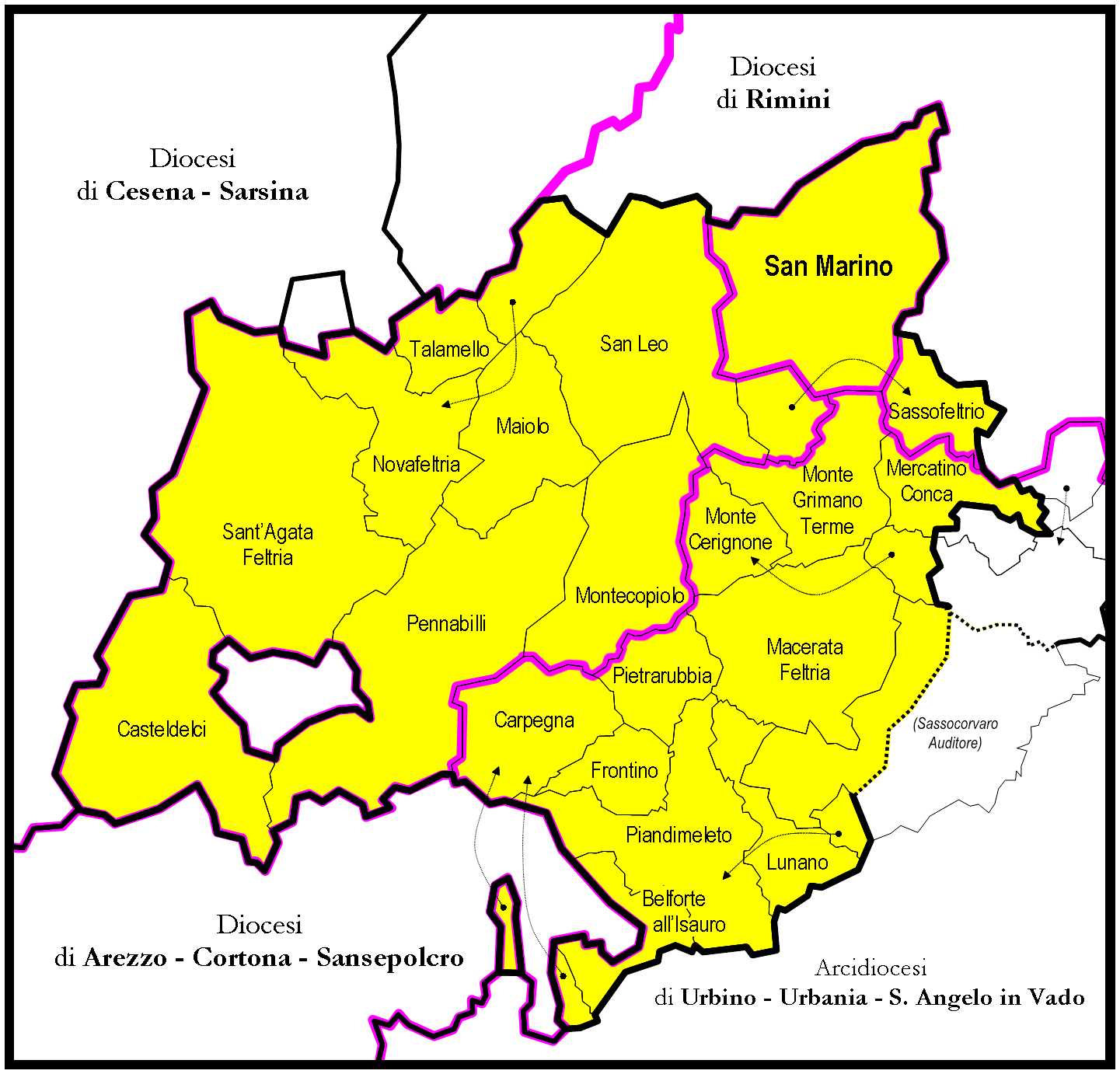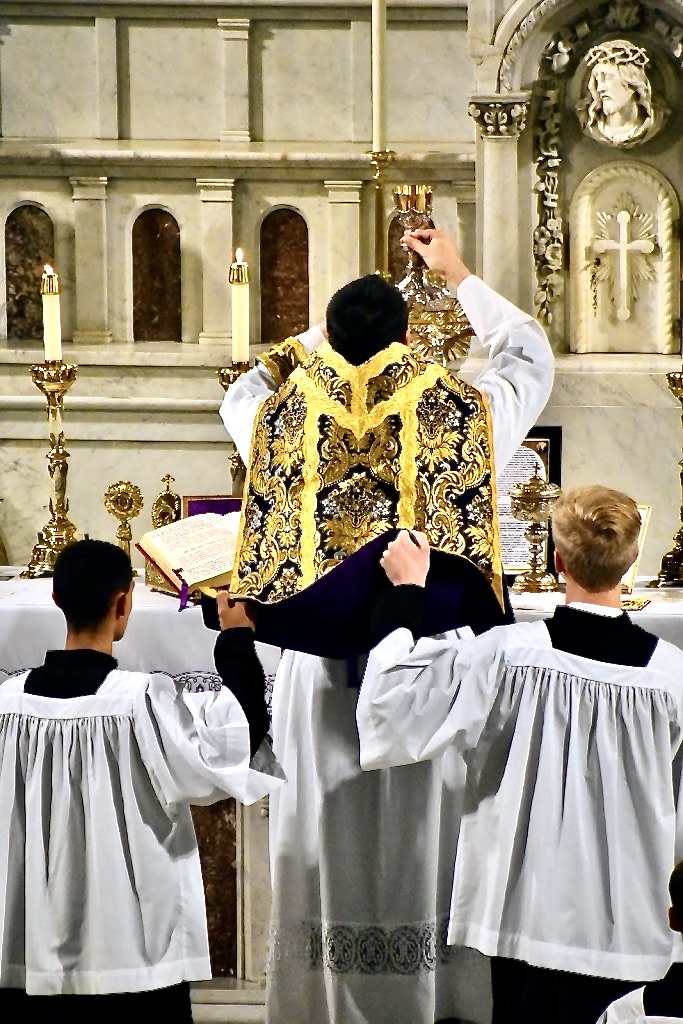|
Captains-Regent
Captains Regent (; ) are the two heads of state of the Republic of San Marino. They are elected every six months by the Grand and General Council, the country's legislative body. Normally the Regents are chosen from parties in coalition and serve a six-month term. The investiture of the Captains Regent takes place on 1 April and 1 October every year. This tradition dates back at least to 1243. The practice of dual heads of government (diarchy) is derived directly from the customs of the Roman Republic, equivalent to the consuls of ancient Rome, except the Captains Regent hold no executive power. History The establishment of the regency took place during the first half of the thirteenth century, when they had the role of managing justice, a task similar to the competence of magistrates. During that period they were called consuls, which derived from ancient Rome. The first two known consuls were elected on 12 December 1243 by the Grand and General Council with a six-month term ... [...More Info...] [...Related Items...] OR: [Wikipedia] [Google] [Baidu] |
Constitution Of San Marino
The constitution of the Republic of San Marino is distributed over a number of legislative instruments, the most important of which are the Statutes of 1600 and the Declaration of Citizen Rights of 1974, as amended in 2002. The constitutional system shows influences of Roman customary law and Justinian I's '' Corpus Juris Civilis'' (529–534). It is the world's oldest surviving constitution of any sovereign state, barring England's ''Magna Carta'' (1215). The Statutes of 1600 The current legal system of the San Marino began on 8 October 1600. The government gave binding force to a compilation of ''Statuti'' written by Camillo Bonelli, covering the institutions and practices of Sammarinese government and justice at that time. It was written in Latin and contained in six books. The title in Latin is ''Statuta Decreta ac Ordinamenta Illustris Reipublicae ac Perpetuae Libertatis Terrae Sancti Marini''. The new system was an update on the ''Statuti Comunali'' (Town Statute) wh ... [...More Info...] [...Related Items...] OR: [Wikipedia] [Google] [Baidu] |
Denise Bronzetti
Denise Bronzetti (born 12 December 1972) is a San Marino, Sammarinese politician who has been serving as a Captain Regent alongside Italo Righi since 1 April 2025. She has previously held the post from 1 October 2012 to 1 April 2013, with Teodoro Lonfernini. She was previously a member of the Grand and General Council. Biography Denise Bronzetti was born on 12 December 1972 in City of San Marino, San Marino. After graduating from high school, Bronzetti worked as a public servant. At the age of 15, she joined the Partito Socialista Sammarinese youth organization. From March 2003 to December 2007 she was a member of the Sammarinese Socialist Party, PSS (or Party of Socialists and Democrats, PSD) secretariat. She was a member of the PSD's executive committee and was president of the party from 24 July 2009 until she left the party in September 2013. From 1999 to 2002 she was secretary of the FUPI-CSdL union and on the CSdL board. From 1999 to 2002, Bronzetti was a member of the Parli ... [...More Info...] [...Related Items...] OR: [Wikipedia] [Google] [Baidu] |
Mimma Zavoli
Mimma Zavoli (born 13 February 1963) is a Sammarinese politician who was elected as Captain Regent of San Marino and served alongside Vanessa D'Ambrosio from 1 April until 1 October 2017. She was elected to the Grand and General Council in 2012. She was appointed the Chairman of the Internal Affairs Commission and a member of the Commission of Justice Affairs. She was also appointed to the Council of Twelve and the National Group of Inter-Parliamentary Union. She has a School of Science diploma and an Infantile Community Assistant diploma. In 1998, she obtained a mini-graduation in teaching qualifications. She started her career in 1981, working in the kindergarten. Now, she works as Inspector of Labour. She was also an activist from 1977 to 1989 for the Sammarinese Christian Democratic Party The Sammarinese Christian Democratic Party (, PDCS) is a Christian-democratic political party in San Marino. The PDCS is an observer member of the European People's Party (EPP), havin ... [...More Info...] [...Related Items...] OR: [Wikipedia] [Google] [Baidu] |
Politics Of San Marino
The politics of the state of San Marino take place in a framework of a unitary parliamentary representative democratic republic, whereby the Captains Regent are the heads of state and heads of government. The country has a multi-party system. Executive power is exercised by the government. Legislative power is vested in both the government and the Grand and General Council. The judiciary is independent of the executive and the legislature. San Marino was originally led by the Arengo, initially formed with the heads of each family. In the 13th century, power was given to the Great and General Council. In 1243, the first two Captains Regent were nominated by the council, and that system is still in use today. The Grand and General Council The legislature of the republic is the Grand and General Council (''Consiglio grande e generale''). The council is a unicameral legislature which has 60 members with elections occurring every 5 years under a majoritarian representation syste ... [...More Info...] [...Related Items...] OR: [Wikipedia] [Google] [Baidu] |
Congress Of State
The Congress of State is the government of the Republic of San Marino. In conformity with Article 3 of the Declaration on the Citizens’ Rights it is politically answerable to the Grand and General Council. It is composed of a variable number of members, generally around ten, and is appointed by the Grand and General Council from among its own members, who are themselves elected by the population. Its members typically serve for the five year term of a Council, but can be forced to resign by a parliamentary vote of no confidence. The most senior posts are the Secretary for Foreign Affairs, the Secretary for Internal Affairs, and the Secretary for Finance, who are directly appointed by the Council. The other seven members are given their role by the Congress after their appointment by the Council. Competence The Congress of State decides on international policies for San Marino, as well as international treaties and agreements concerning general international policies and ... [...More Info...] [...Related Items...] OR: [Wikipedia] [Google] [Baidu] |
Excellency
Excellency is an honorific style (manner of address), style given to certain high-level officers of a sovereign state, officials of an international organization, or members of an aristocracy. Once entitled to the title "Excellency", the holder usually retains the right to that courtesy throughout their lifetime, although in some cases the title is attached to a particular office and is held only during tenure of that office. Generally people addressed as ''Excellency'' are heads of state, heads of government, governors, ambassadors, Roman Catholic bishops, high-ranking ecclesiastics, and others holding equivalent rank, such as heads of international organizations. Members of royal families generally have distinct addresses such as Majesty, Highness, etc.. While not a title of office itself, the honorific ''Excellency'' precedes various titles held by the holder, both in speech and in writing. In reference to such an official, it takes the form ''His'' or ''Her Excellency''; in ... [...More Info...] [...Related Items...] OR: [Wikipedia] [Google] [Baidu] |
Honorific
An honorific is a title that conveys esteem, courtesy, or respect for position or rank when used in addressing or referring to a person. Sometimes, the term "honorific" is used in a more specific sense to refer to an Honorary title (academic), honorary academic title. It is also often Conflation, conflated with systems of Honorifics (linguistics), honorific speech in linguistics, which are grammatical or morphology (linguistics), morphological ways of encoding the relative social status of speakers. Honorifics can be used as prefixes or suffixes depending on the appropriate occasion and presentation in accordance with Style (form of address), style and Convention (norm), customs. Typically, honorifics are used as a Style (manner of address), style in the grammatical third Grammatical person, person, and as a form of address in the second person. Some languages have anti-honorific (''despective'' or ''humilific'') first person forms (expressions such as "your most humble servant" ... [...More Info...] [...Related Items...] OR: [Wikipedia] [Google] [Baidu] |
Veto
A veto is a legal power to unilaterally stop an official action. In the most typical case, a president (government title), president or monarch vetoes a bill (law), bill to stop it from becoming statutory law, law. In many countries, veto powers are established in the country's constitution. Veto powers are also found at other levels of government, such as in state, provincial or local government, and in international bodies. Some vetoes can be overcome, often by a supermajority vote: Veto power in the United States, in the United States, a two-thirds vote of the United States House of Representatives, House and United States Senate, Senate can override a presidential veto.Article One of the United States Constitution#Clause 2: From bills to law, Article I, Section 7, Clause 2 of the United States Constitution Some vetoes, however, are absolute and cannot be overridden. For example, United Nations Security Council veto power, in the United Nations Security Council, the five per ... [...More Info...] [...Related Items...] OR: [Wikipedia] [Google] [Baidu] |
Head Of State
A head of state is the public persona of a sovereign state.#Foakes, Foakes, pp. 110–11 "[The head of state] being an embodiment of the State itself or representative of its international persona." The name given to the office of head of state depends on the country's form of government and any separation of powers; the powers of the office in each country range from being also the head of government to being little more than a ceremonial figurehead. In a parliamentary system, such as Politics of India, India or the Politics of the United Kingdom, United Kingdom, the head of state usually has mostly ceremonial powers, with a separate head of government. However, in some parliamentary systems, like Politics of South Africa, South Africa, there is an executive president that is both head of state and head of government. Likewise, in some parliamentary systems the head of state is not the head of government, but still has significant powers, for example Politics of Morocco, Moro ... [...More Info...] [...Related Items...] OR: [Wikipedia] [Google] [Baidu] |
Roman Catholic Diocese Of San Marino-Montefeltro
The Diocese of San Marino-Montefeltro (), known until 1977 as the Diocese of Montefeltro, is a Latin Church ecclesiastical jurisdiction or diocese of the Catholic Church in both Italy and San Marino. It is a suffragan in the ecclesiastical province of the metropolitan Archdiocese of Ravenna-Cervia."Roman Catholic Diocese of San Marino-Montefeltro" '' Catholic-Hierarchy.org''. David M. Cheney. Retrieved February 29, 2016"Diocese of San Marino-Montefeltro" ''GCatholic.org''. Gabriel Chow. Retrieved ... [...More Info...] [...Related Items...] OR: [Wikipedia] [Google] [Baidu] |
Missa Cantata
''Missa cantata'' (Latin for "sung Mass") is a form of Tridentine Mass defined officially in 1960 as a sung Mass celebrated without sacred ministers, i.e., deacon and subdeacon. Pre-1960 name Documents of the Holy See such as thDecree of the Congregation of Sacred Rites of 14 March 1906spoke of ''Missa cantata sine Ministris'' (Sung/Chanted Mass without the Ministers). The 19th-century ''Ceremonial for the Use of the Catholic Churches in the United States of America'' (commonly called the "Baltimore Ceremonial" because published by request of the Third Plenary Council of Baltimore of 1884) used the name: High Mass without Deacon or Sub-Deacon Classification The ''Baltimore Ceremonial'' thus classified the ''Missa cantata'' as a High Mass. The early 20th-century ''Catholic Encyclopedia'' said, on the contrary, that a ''Missa cantata'' "is really a low Mass, since the essence of high Mass is not the music but the deacon and subdeacon. Only in churches which have no ordained ... [...More Info...] [...Related Items...] OR: [Wikipedia] [Google] [Baidu] |
Basilica Di San Marino
In Ancient Roman architecture, a basilica (Greek Basiliké) was a large public building with multiple functions that was typically built alongside the town's forum. The basilica was in the Latin West equivalent to a stoa in the Greek East. The building gave its name to the ''basilica'' architectural form. Originally, a basilica was an ancient Roman public building, where courts were held, as well as serving other official and public functions. Basilicas are typically rectangular buildings with a central nave flanked by two or more longitudinal aisles, with the roof at two levels, being higher in the centre over the nave to admit a clerestory and lower over the side-aisles. An apse at one end, or less frequently at both ends or on the side, usually contained the raised tribunal occupied by the Roman magistrates. The basilica was centrally located in every Roman town, usually adjacent to the forum and often opposite a temple in imperial-era forums. Basilicas were also buil ... [...More Info...] [...Related Items...] OR: [Wikipedia] [Google] [Baidu] |






